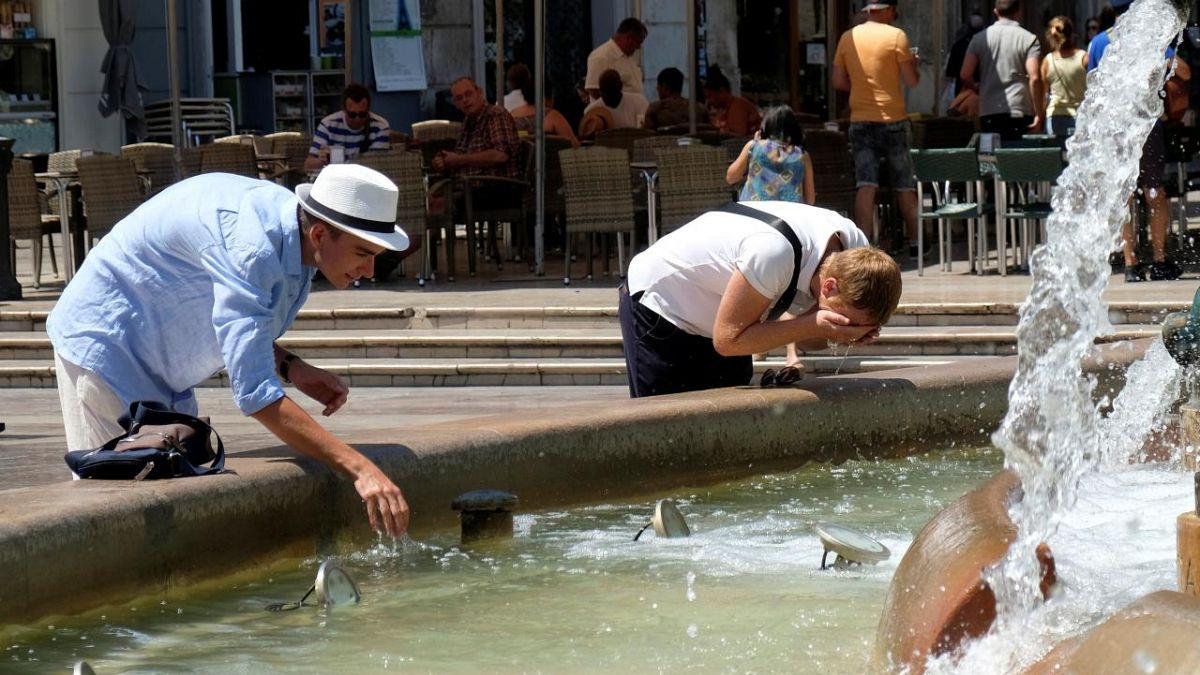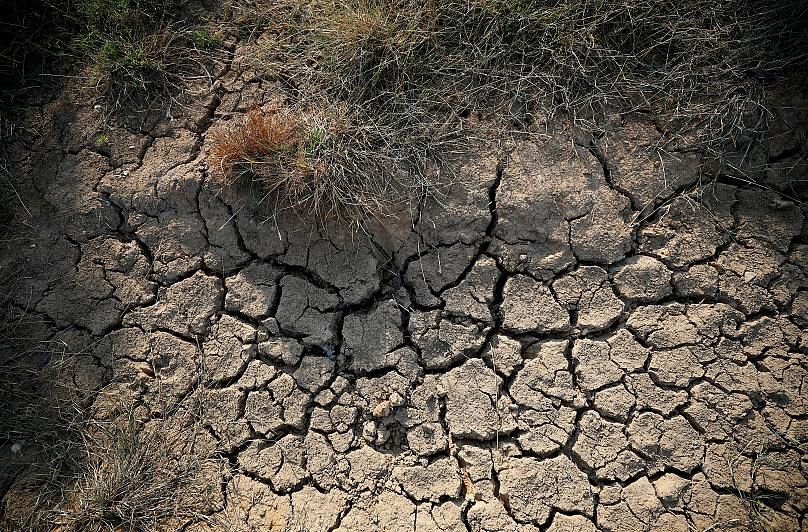Sizzling heatwaves may not be limited to the summer of 2018.
Scorching summer heatwaves and floods are set to become more extreme in the northern hemisphere as global warming makes weather patterns linger longer in the same place.
According to a study published by Nature Communications, growing temperatures in the Arctic have slowed the circulation of the jet stream and other giant winds, affecting pressure fronts across continents.
This summer, parts of Europe were hit by heatwaves and wildfires including Sweden, Greece and Spain.
The research found that high and low pressure fronts are becoming “stuck”, while the weather is increasingly less able to moderate itself.
These extreme systems could turn sunny days into baking heatwaves, tinder-dry conditions into wildfires, and rainwater into floods.
The research paper warned that the mixed colliding pressures could lead to “very extreme extremes”, that happen when abnormally high temperatures linger for an unusually prolonged period.
"When they get trapped due to a subtle resonance mechanism, they slow down so the weather in a given region gets stuck," Hans Joachim Schellnhuber, director of the Potsdam Institute for Climate Impact Research, said in a news release. "Rains can grow into floods, sunny days into heat waves and tinder-dry conditions into wildfires."
“Short-term heatwaves are quite pleasant, but longer term they will have an impact on society. It’ll have an effect on agricultural production. Harvests are already down this year for many products. Heatwaves can also have a devastating impact on human health.”
Recognised as circulation stalling, the phenomenon has long been a concern for climate scientists.
Zack Labe, a researcher at the University of California studying Arctic-mid latitude climate variability, told Euronews the study has attempted to make sense of various conclusions from earlier studies, which have shown at times contrasting results.
“The authors summarise these earlier results and found that changes in the Arctic may be affecting extreme weather events during the summer, especially long-lasting patterns such as heatwaves," said Labe.
But he isn’t certain how much man-made activity has influenced this change in the airstream.
“There is growing evidence that climate change caused by human activity is affecting extreme weather, like heat waves, but scientists are still trying to understand all of the linkages, as for example — changes in the tropics can also influence the mid-latitude jet stream. These connections are found in both winter and summer,” he said.
The authors of the paper linked the slowdown in weather patterns to the Arctic, which is heating at more than twice the global average amid climate change.
The difference in temperature between the chill Arctic and warmth further south is a main driver of winds that blow weather systems around the globe, they wrote. With less contrast in temperatures, winds slow and heat or rain can linger longer.
"Evidence is mounting that humanity is messing with these enormous winds," said Hans Joachim Schellnhuber, director of Potsdam Institute of Climate.
"Fuelled by human-made greenhouse-gas emissions, global warming is probably distorting the natural patterns," he wrote in a statement.

